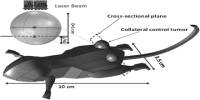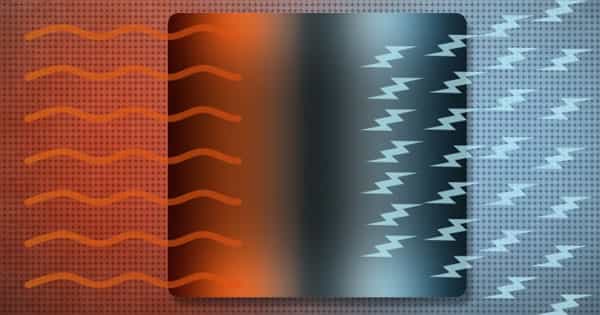Although the majority of humanity first learnt about the now-famous disease during the COVID-19 pandemic, the coronavirus family was discovered in the middle of the 1960s. The SARS-CoV-2 spike protein is a critical component of the virus responsible for the COVID-19 pandemic. It plays a key role in the virus’s ability to enter human cells and cause infection.
A major actor in how the coronavirus infects its target was unexpectedly acting, according to a recent study by molecular biologist Steven Van Doren of the University of Missouri College of Agriculture, Food and Natural Resources. This finding may help in the creation of future vaccines.
The spike protein has been a primary target for the development of COVID-19 vaccines. Several vaccines, such as the Pfizer-BioNTech, Moderna, and Johnson & Johnson vaccines, use a small piece of the spike protein or a modified spike protein to stimulate an immune response in individuals. This helps the immune system recognize and fight the virus if a person is exposed to it in the future.
Van Doren and his team investigated the fusion peptide, a crucial component of the spike protein that is responsible for binding the virus to the human cell, a crucial stage in the infection process. In this investigation, it was discovered that, contrary to other theories, the fusion peptide really plays a more intrusive function in the fusion of the virus to the cell.
“The fusion peptide is the most preserved part of the whole viral spike,” said Van Doren, a professor of biochemistry. “Throughout the evolution of this virus, the fusion peptide endured despite all the mutations and variants that we kept on hearing about in the news. The fusion peptide never changed much and stayed a constant feature on the virus spike because it’s too critically important for infection for it to be modified.”
I love what protein molecules look like and what they can do. I got fascinated by the science when I was still a teenager, and it’s intriguing to me the things they can do, so studying how proteins work has been something that has stuck with me for decades now I’d say going on almost 40 years.
Professor Van Doren
Comparing this study to a recent one that examined asymptomatic coronavirus-infected patients is intriguing since those individuals had a defense mechanism known as broadly neutralizing antibodies.
The fusion peptide may be a key target for the creation of a vaccine effective against all varieties of coronavirus infections, according to Van Doren’s research on how the fusion peptide punctures a cell membrane.
Another potential application of this research could be to create a novel strategy to penetrate cells.
“There may be many strategies for crossing membranes, but it’s conceivable that the fusion peptide work could help further development of more ways to cross cellular membranes, which could be useful to deliver therapeutics through cell membranes,” Van Doren said.
Understanding the SARS-CoV-2 spike protein is crucial for developing effective treatments and vaccines for COVID-19, as well as for monitoring and responding to changes in the virus as it continues to evolve.
Additionally, this study deepens our understanding of how proteins are inserted into membranes, which has wider implications for the scientific community.
“I love what protein molecules look like and what they can do,” Van Doren said. “I got fascinated by the science when I was still a teenager, and it’s intriguing to me the things they can do, so studying how proteins work has been something that has stuck with me for decades now I’d say going on almost 40 years.”
The study “SARS-CoV-2 Fusion Peptide Sculpting of a Membrane with Insertion of Charged and Polar Groups” is published in Structure. Co-investigators include Benjamin S. Scott and Rama K. Koppisetti.
















